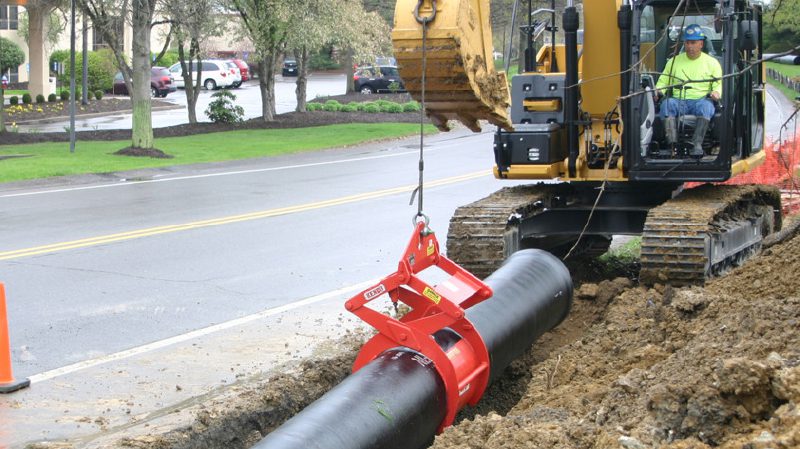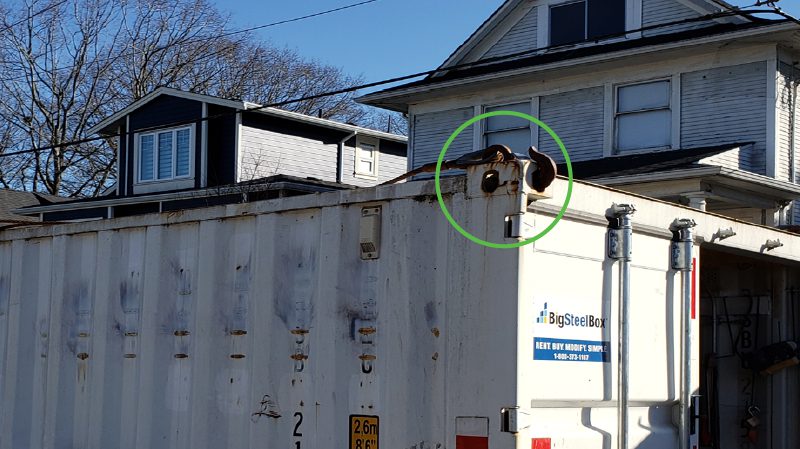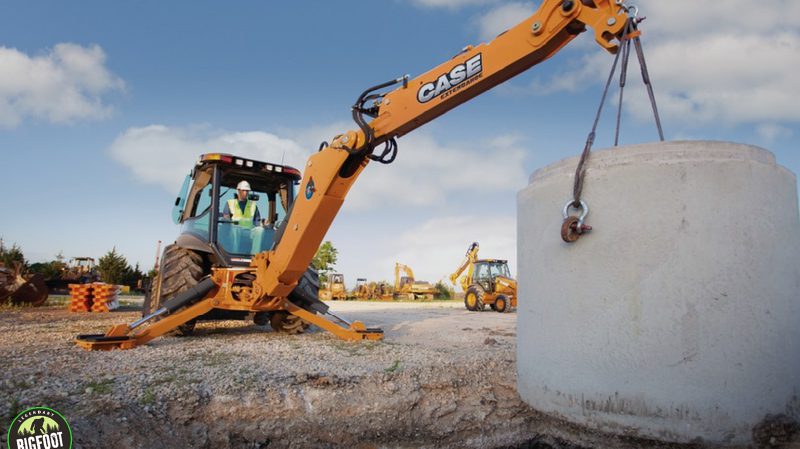The Rossland Rescue and Bigfoot’s Core Values

“We had a concrete pour scheduled for Friday before the long weekend,” said Justin Tanguay, of DJM Contracting in Rossland, B.C., “but our crane was down.”
Justin and his team were well aware that concrete was in high demand at the time. So, rescheduling a pour could completely mess up project planning. “There was something wrong with the slew motor on our…
Rigging Hitches: Choosing the Best Hitch For Your Load | Civil Rigging

Riggers need to be aware of various types of hitches, so that they can determine which configuration is best for the particular load they are lifting. The four main categories of hitches are: Vertical hitch Bridle hitch Basket hitch Choker hitch According to Ralf Notheis, Manager of Bigfoot Crane Academy, choosing the best hitch for […]
Inspecting Your Rigging: Checking Equipment with Confidence | Civil Rigging

Inspecting Civil Rigging – Keys to Safety Inspecting civil rigging should be something every rigger nows how to do. They also need to be able to check their equipment with confidence to determine whether it is safe and ready to use or it is unsafe and in need of removal. According to Ralf Notheis, Manager […]
Centre of Gravity: Balancing Loads Properly | Civil Rigging

After a rigger determines the weight of a load, the next critical step in planning a safe and successful lift is determining the centre of gravity (COG). If the COG is not directly below the hook, the result will be an unstable…
Determining Weight: The Key to a Safe and Successful Lift | Civil Rigging

Determining Weight for Civil Rigging One of the rigger’s most important tasks is determining weight for civil rigging, specifically the weight of the load. This is the first critical step in planning a successful and safe lift. Do you know the three basic ways that riggers determine weight? According to Ralf Notheis, Manager of Bigfoot […]
Hand Signals: Clear Communication on Job Sites | Civil Rigging

Crane Hand Signals Clear Communication on Job Sites – Civil Rigging Why are crane hand signals for clear communication on job sites so important for Civil Rigging? Knowing the correct crane hand signals and how to properly communicate them can mean the difference between safety and injury on the job. According to Ralf Notheis, Manager […]